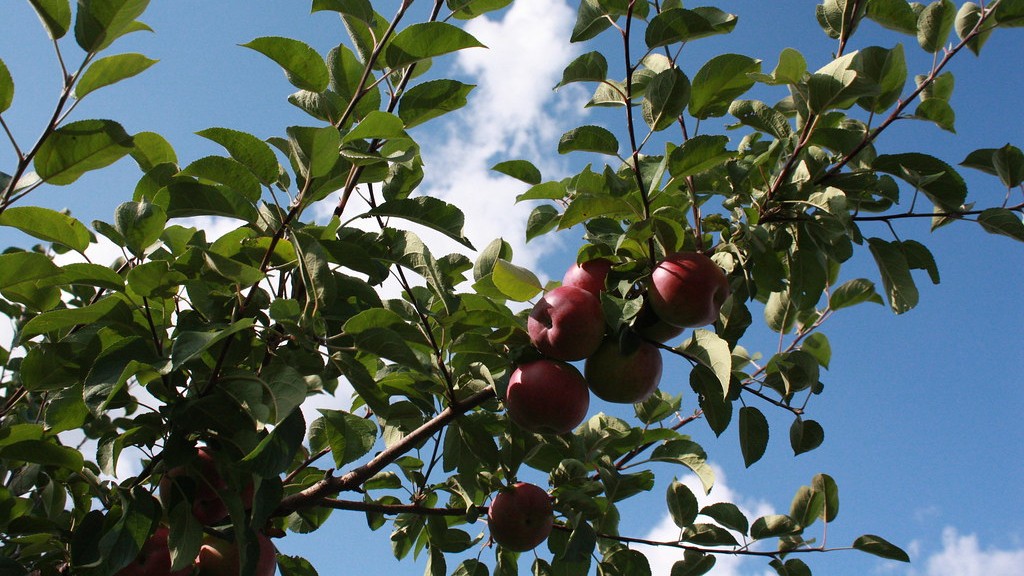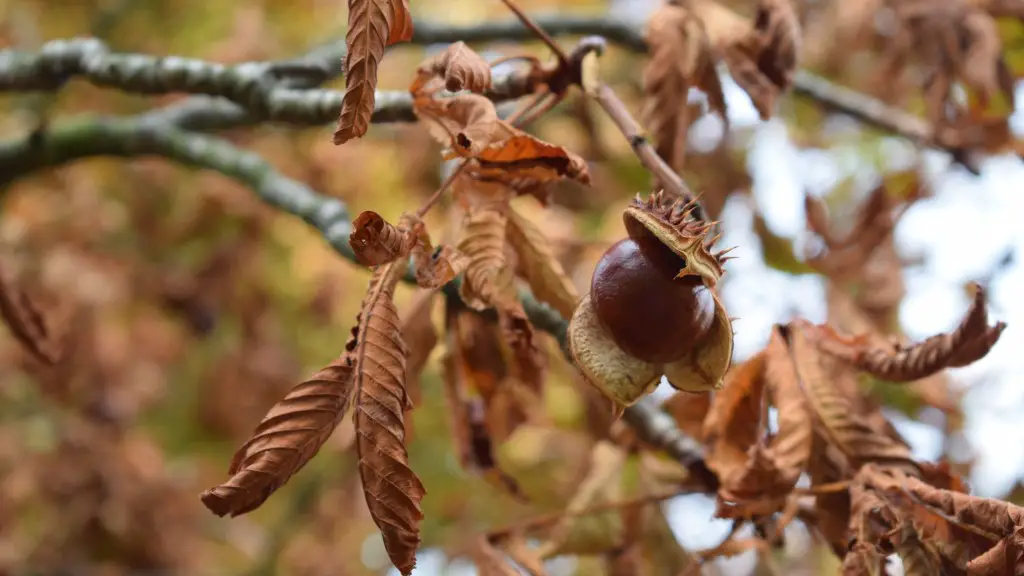Avocado trees are a hardy, long-lasting plant with a relatively low-maintenance routine that is easy to care for. Avocados are an evergreen tree in the Lauraceae family and can reach heights of up to sixty feet. Avocado trees thrive in warm climates and need well-draining soil and plenty of sunlight. With a few regular maintenance tasks, you can ensure your avocado tree produces fruit every season.
Watering Requirements
Watering is one of the most important aspects of avocado tree care. The trees need regular watering, however, the amount needed varies greatly depending upon the temperature and climate. The easiest way to determine your tree’s watering needs is to monitor the soil and water when it is dry to the touch. In the summer months, trees may need to be watered every couple of days, whereas in the winter months, every few weeks may be sufficient. It is important not to over-water avocado trees, and to discontinue watering during cooler winter months, as avocados do not appreciate wet feet during cold weather.
Fertilizer for Avocado Trees
Avocado trees do not require much fertilizer however, they do benefit from a light application of fertilizer in the early spring before they start producing fruit. Slow-release fertilizers are recommended as they provide nutrient-rich nutrition without the risk of burning the roots. Applying fertilizers around the root zone and avoiding contact with the leaves and branches also helps to prevent damage to the tree.
Pruning and Training
Pruning is a great way to maintain the shape and size of a mature avocado tree, and can also help to maximize the production of fruit. Trees should be pruned regularly in order to remove dead or diseased branches. The best time for pruning is in the winter when the tree is dormant. Trees should also be trained and supported with stakes to keep them from becoming top-heavy and toppling over. The branches should be loosely tied to the stakes and spread out in a v-shape, which will also allow for more air circulation.
Pest Control
Avocado trees are prone to pest infestations, including aphids, mealybugs, and whitefly. Early detection is the best way to prevent an infestation, and if an infestation does occur, it is best to treat it with an organic insecticide. It is important to follow the instructions on the product label and take all necessary precautions when using any type of insecticide.
Protect From Frost and Sun Damage
Avocado trees can suffer damage from heavy frost and extended periods of hot sun. Frost damage usually occurs during the winter months, while sun damage normally occurs during the summer months. To prevent this damage, it is important to ensure that trees are planted in an area that receives partial shade in the hottest part of the day, and to shield them from heavy frost with blankets or other material when necessary.
Harvesting and Storage
The best time to harvest avocados depends on the variety of tree, as different trees have different ripening times. Generally, the best time to pick avocados is when the fruit is slightly soft to the touch. Avocados can generally be stored at room temperature for up to a week, but may need to be stored in the refrigerator if they will not be used right away. It is also important to store avocados in an airtight container to ensure they do not become dry or develop mold.
Companion Planting
Companion planting is an effective tool for avocado tree care, as it can help to attract beneficial insects and repel harmful pests. Certain flowers, herbs, and shrubs can help to keep avocado trees free from pests, and provide additional sources of nectar and pollen for the beneficial insects. It is important to research companion plants before adding them to an avocado grove, as not all plants are appropriate for all areas.
Signs of Disease
Avocado trees are susceptible to various diseases and it is important to be aware of the signs of disease and act quickly. Some common signs of infection include discolored leaves, wilting branches, or the presence of fungus on the trunk or branches. If any of these signs are present, it is important to contact a tree care specialist to treat the tree and reduce the spread of the disease.
Nutritional Requirements
Avocado trees require a balanced nutrient supply in order to produce healthy fruit. Nitrogen is the most important nutrient for avocado trees, followed by phosphorus and potassium. Soil testing can help to determine what nutrients need to be added to the soil in order to maintain optimal health for the tree. Soil additions should be applied according to the manufacturer’s directions to ensure the tree receives all the nutrition it needs.
Mulching
Mulching is an important part of avocado tree care, as it helps to keep the soil moist and free from weeds that can steal vital moisture and nutrition. Mulching also helps to maintain soil temperature, which is important for young trees and newly transplanted trees. Organic mulches such as straw, grass clippings, or compost are recommended, as they help to fertilize the soil and promote healthy root growth.
Proper Care Techniques
In addition to the proper planting and nutrient requirements, avocado trees should also be regularly assessed for signs of disease and pest infestations. It is important to note that, while avocados are a robust and resilient tree, they do require regular care, such as pruning and training, to remain healthy. As with all plants, routine maintenance and regular inspections can help to keep avocado trees free from disease and prolific in production.


